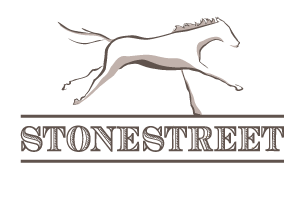1. Every thoroughbred foal is DNA tested to confirm his or her parentage. Hair is pulled from the tail and sent to a laboratory in California.
2. Pregnant and non-pregnant mares do not share paddocks. Care is different for pregnant and barren mares and separation makes this easier.
3. On an ultrasound machine used to check for pregnancy, a vet cannot hear the foal’s heartbeat. However, you can see it pumping at 28 days.
4. Teaser stallions are bred to nurse mares.
5. Horses are not typically named until they are about to be raced. Foals are referred to by their dam’s name and year of birth until then.
6. The Blue Grass Region is prime real estate for horses because of the high calcium levels in the soil. However, grazing fields are not 100% bluegrass, but actually a mixture of many grasses including rye grass and orchard grass.
7. Once a mare is retired from the racetrack and joins the Broodmare Band, she is no longer ridden. However, some farms have their stallions ridden to keep fitness levels high.
8. Horsehair bleaches in sunlight and horses can get sunburnt. When a horse is being prepared for a sale, they are turned out at night and brought up during the day to make sure they look their best at the sale.
9. Male horses have canine teeth while female horses do not.
